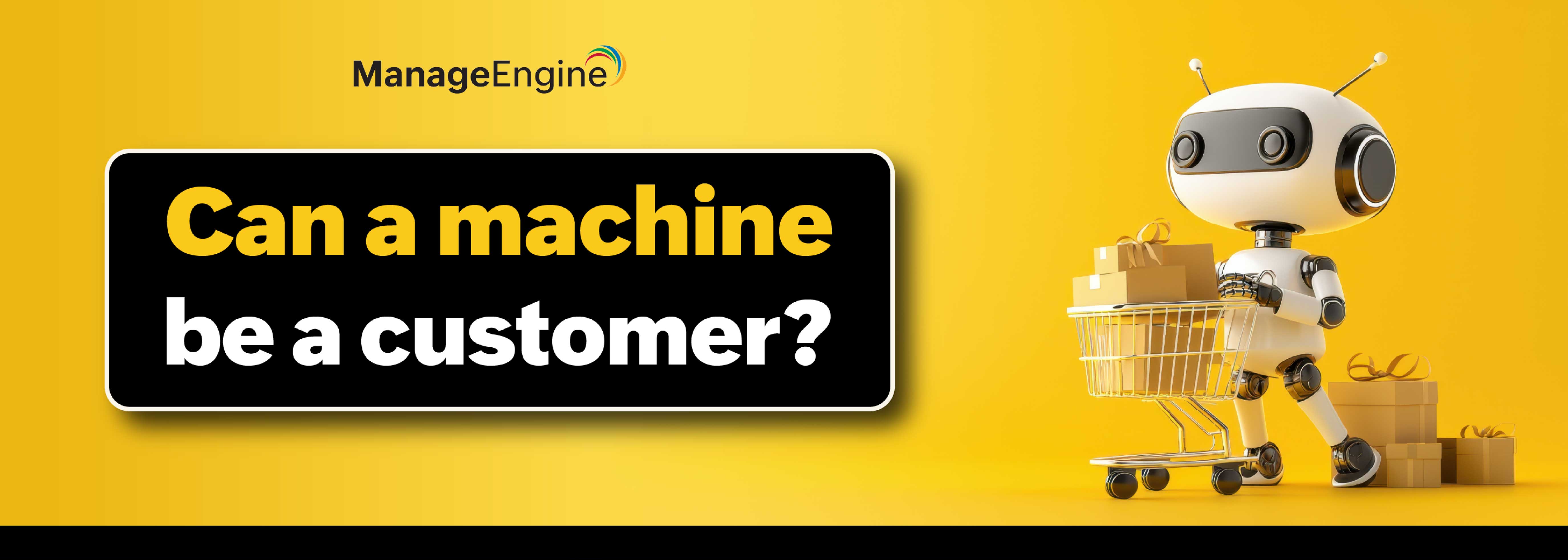Will custobots drive $98 trillion in payments by 2027?

It starts like this.
You wake up groggily and stumble into the kitchen. The coffee machine is already brewing your favourite blend. But that’s not the surprise. It's the message on your phone: "Coffee beans restocked. $10 paid. Delivery by noon." You didn’t place an order. You didn't lift a finger. Your machine did it for you.
Welcome to 2025, where your devices aren't just smart, they're economically independent. These are machine customers (custobots). They negotiate. They pay. They make decisions. And they’re multiplying faster than expected.
In fact, the autonomous IoT payments market is projected to hit $77.3 billion this year. Even more staggering, the global market for machine customers is growing at a CAGR of over 40% between 2024 and 2029. This is happening now, and it's transforming the meaning of "customer."
What are custobots, really?
A custobot is a non-human customer. It doesn’t ask you before buying; it just knows when, what, and how to pay. From homes to industries, these autonomous agents are stepping in wherever humans once clicked Order now.
How are machines learning to pay?
Behind the scenes, technologies like AI, blockchain, and IoT are powering these decisions. Machines are now equipped with digital wallets that allow them to buy things automatically, instantly, and often more efficiently than humans.
Today’s systems can complete over 100,000 transactions per second. Even better, they detect fraud with 99.99% accuracy. It’s no wonder 78% of financial institutions are now using autonomous payments to improve speed and accuracy.
Why this shift is happening
The AI market is expected to reach $391 billion by 2025. Combine that with 5G connectivity, embedded finance, and smarter devices, and machines are more capable than ever.
On the other side, businesses and consumers are demanding speed, convenience, and fewer human errors. Globally, 77% of small- to medium-sized businesses (SMBs) now use AI tools. India, in particular, is a fast mover, with 59% of its SMBs already adopting AI.
Use cases
USA: Retail and supply chain
Walmart uses AI bots to negotiate prices and contracts with suppliers for everyday items, reviewing data, confirming deals, and making payments automatically at machine speed.
Denmark: Shipping and logistics
Maersk uses AI bots to handle vendor negotiations, reviewing past deals, managing bids with thousands of suppliers, and finalizing contracts and payments automatically when terms align.
Germany: Automotive manufacturing
Automotive suppliers use agentic negotiation bots to procure steel, microchips, and logistics.
Estonia: Government and public services
Software bots on Estonia’s X-Road platform use machine e-IDs to sign contracts automatically; negotiate service terms with vendors; and pay for government procurement, customs, and logistics services.
Benefits of custobots
They operate 24/7, make error-free decisions, and tailor purchases to your needs. They’re always watching, learning, and acting. For businesses, this means faster service and better personalization.
In fact, over 92% of AI-powered SMBs say autonomous systems have helped them respond faster and deliver better customer service.
A delivery drone running low on power doesn’t wait for help—it finds a charging station, pays for electricity, and gets back to work. Meanwhile, a smart energy system that produces extra solar power can sell the unused energy back to the grid, all on its own.
The risks behind the automation
Security is a major concern. If a custobot gets hacked, it can execute large-scale financial attacks in seconds. And since they don’t behave like humans, current fraud models don’t always work.
There’s also the legal grey area. If a machine makes a bad purchase, who is responsible? The owner? The developer? The platform?
Ethical questions are rising too. Are users always aware of what their machines are buying? Do they have the right to say no?
What’s next for custobots?
Looking ahead, machines are set to become even more independent.
They’ll have their own digital identities, handle programmable money, and operate fully in machine to machine economies, all without human help.
By 2027, these systems are expected to process $98.7 trillion worth of transactions every year.
Globally, the leaders in this space include:
➤ United States: Leading in investment and innovation
➤ Estonia: Pioneer in digital identity and blockchain
➤ Singapore, South Korea, and India: Fast-growing adoption
➤ United Kingdom and Germany: Focused on regulation and experimentation
Are you ready for a customer without a face?
The question now isn’t whether machine customers will become common.
The real question is: Are our systems ready for them? Because custobots don’t need sleep or breaks. They just want a seamless transaction.
They might not have names or faces.
But they do have wallets, preferences, and a growing place in the economy.
And they’re already here—buying, negotiating, and reshaping the future of commerce.